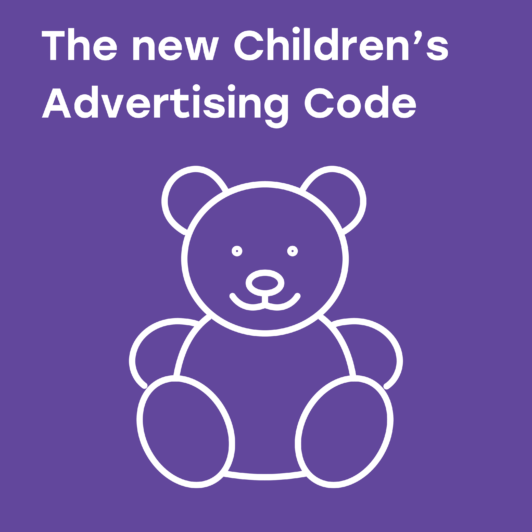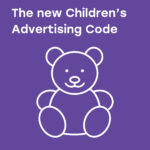Strong new rules are being implemented for advertising to children from December 1 2023. The new Code extends safeguards to all advertising directed at children, not just advertising of children’s products. The new Code complements the AANA Food & Beverage Advertising Code which already bans advertising of occasional food and beverages to children. This applies to all advertising, across all media channels at all times of the day.
What has changed?
The updated Code makes it clear that hazardous products such as vapes and highly caffeinated drinks are not allowed to be advertised to children. It also discourages advertising of unsafe practices, including bullying or promoting unhealthy body image, and the use of sexual appeal or imagery when communicating to children.
Advertisers need to be very careful when it comes to using ‘kidfluencers’, influencers or celebrities (live or animated) to promote products or services to children. Children are a vulnerable audience and don’t have the same ability as adults to discern when something is an ad. Advertisers need to ensure that it is immediately clear to a child when something is advertising. The best ways to do this include:
- displaying disclosure within or directly next to the marketing communication;
- making sure disclosure is of significant size and colour to stand out; and
- ensuring disclosure is readily apparent before (if possible) or immediately at the point of engagement.
You can view the new AANA Children’s Advertising Code in full here.
In summary…
| Don’t | Do |
| Promote products or services that are unsuitable or hazardous to children, or encourage unsafe practices. | Accurately represent a product or service in a way that is clearly and easily understood by children. |
| Minimise the price of a product or service with words like ‘only’ or ‘just’. | Clearly outline rules of competitions. |
| Exaggerate prizes or chances of winning a competition. | Clearly display and explain any disclaimers, qualifiers or asterisked or footnoted information. |
| Use calls to action that urge children to ask parents or carers to buy a product or service. | Make advertising clearly recognisable by children. |
| Imply that the product or service being promoted is immediately within the reach of every family budget. | Ensure that advertising is child-appropriate when the expected audience is made up of 25% or more children. |
| Encourage bullying or unhealthy body image. | |
| Portray unreasonably frightening or distressing images or events. | |
| Undermine the authority, responsibility or judgment of parents or carers. |
Need help?
If you have any concerns that your content might not align with any areas of the advertising codes, you can submit a request for advice .
We can provide you with fast and confidential guidance about potential issues in your content and the best way to go about fixing them. We accept requests for all new concepts, imagery, copy and campaigns prior to publication, broadcast or public release.

